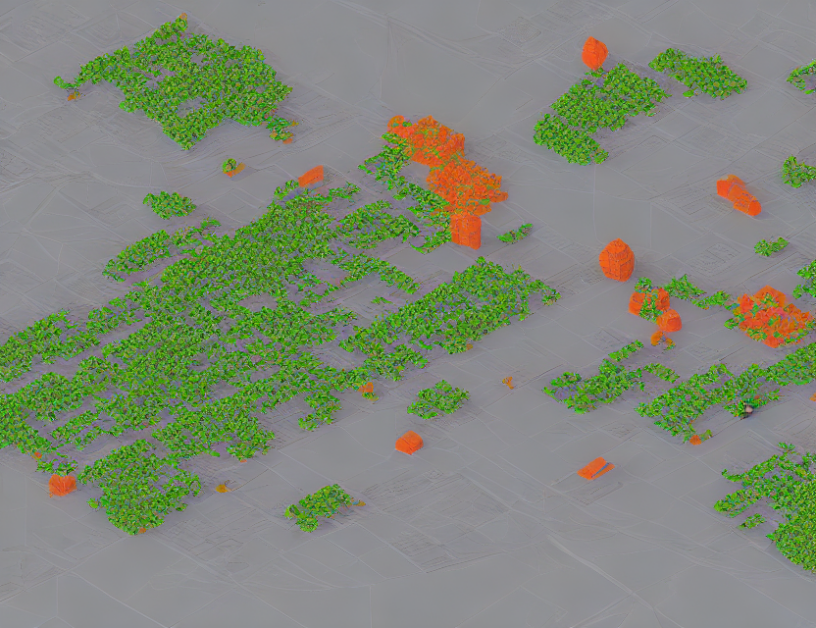In Bayesian inference, we often face the challenge of estimating uncertain parameters in the presence of noisy data. This problem is particularly challenging when the true values of these parameters are difficult to compute or integrate over. To address this issue, researchers have developed various methods that approximate the true posterior distribution using sampling, particle filters, or variational inference. However, these methods often require expensive forward model evaluations, which can be a limitation for complex models.
Surrogate Modeling Approaches
To overcome this challenge, surrogate modeling approaches have emerged. These methods aim to construct an inexpensive approximation of the true posterior distribution using simpler models that are easier to evaluate. One such approach is polynomial chaos expansion, which represents the uncertainty in a computational model as a linear combination of orthogonal polynomials. Another approach is adaptive sparse grid collocation methods, which use a sparse grid to approximate the solution domain and reduce the number of function evaluations needed.
Variational Inference
One popular surrogate modeling approach is variational inference, which involves approximating the true posterior distribution using a simpler probability distribution that is easier to optimize. Variational inference has become increasingly popular due to its ability to scale to complex models and large datasets. However, it requires the gradient of the model outputs with respect to the uncertain parameters, which can be challenging for complex models.
Gaussian Processes
Gaussian processes are another class of surrogate models that have been widely used in Bayesian inverse problems. They provide a flexible framework for modeling complex, non-linear relationships between variables and can be approximated using various inference methods. However, they often require expensive forward model evaluations, which can limit their applicability for large-scale problems.
Challenges and Future Directions
Despite the progress made in surrogate modeling approaches, there are still several challenges that need to be addressed. One of the main challenges is the choice of the surrogate model itself, as it can have a significant impact on the accuracy and efficiency of the inference process. Another challenge is the difficulty in scaling these methods to complex models and large datasets. Future research should focus on developing new surrogate models that are more accurate and efficient while also being able to scale to larger problems.
Conclusion
In conclusion, Bayesian inverse problems involve estimating uncertain parameters in the presence of noisy data. Various surrogate modeling approaches have been developed to address this challenge, including polynomial chaos expansion, adaptive sparse grid collocation methods, and variational inference. While these methods have shown promising results, there are still challenges that need to be addressed, such as choosing the appropriate surrogate model and scaling these methods to complex models and large datasets. Future research should focus on developing new surrogate models that can provide more accurate and efficient approximations of the true posterior distribution.



